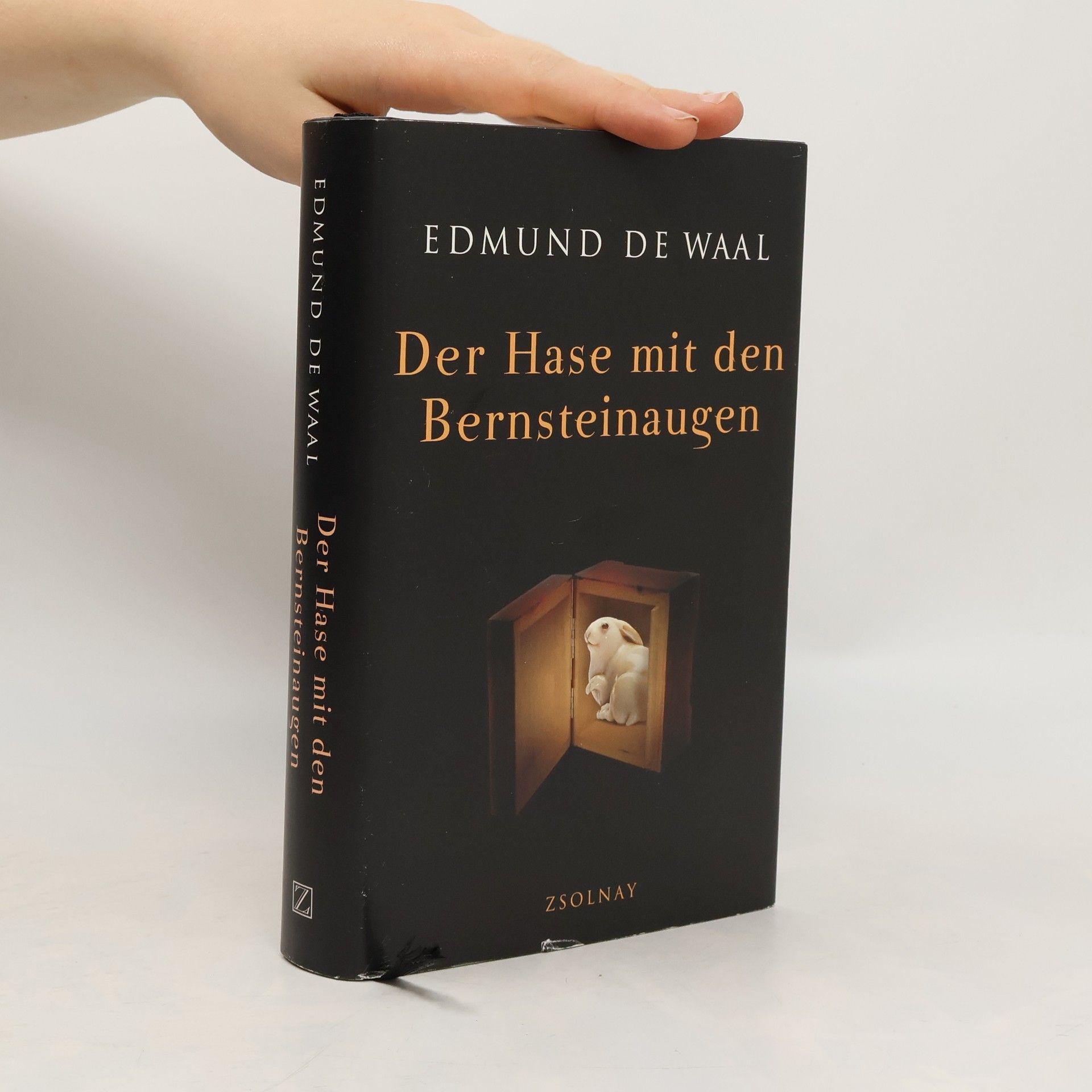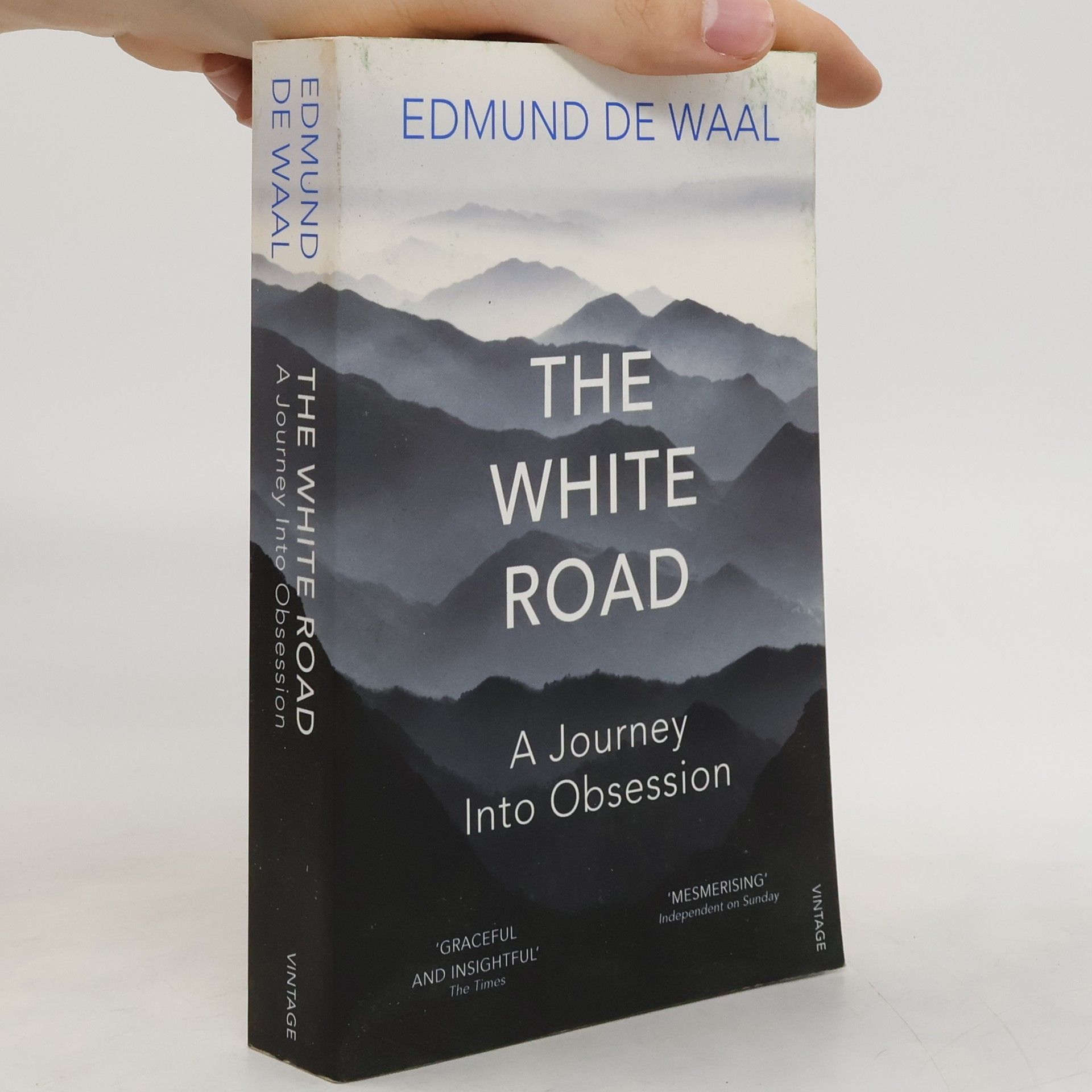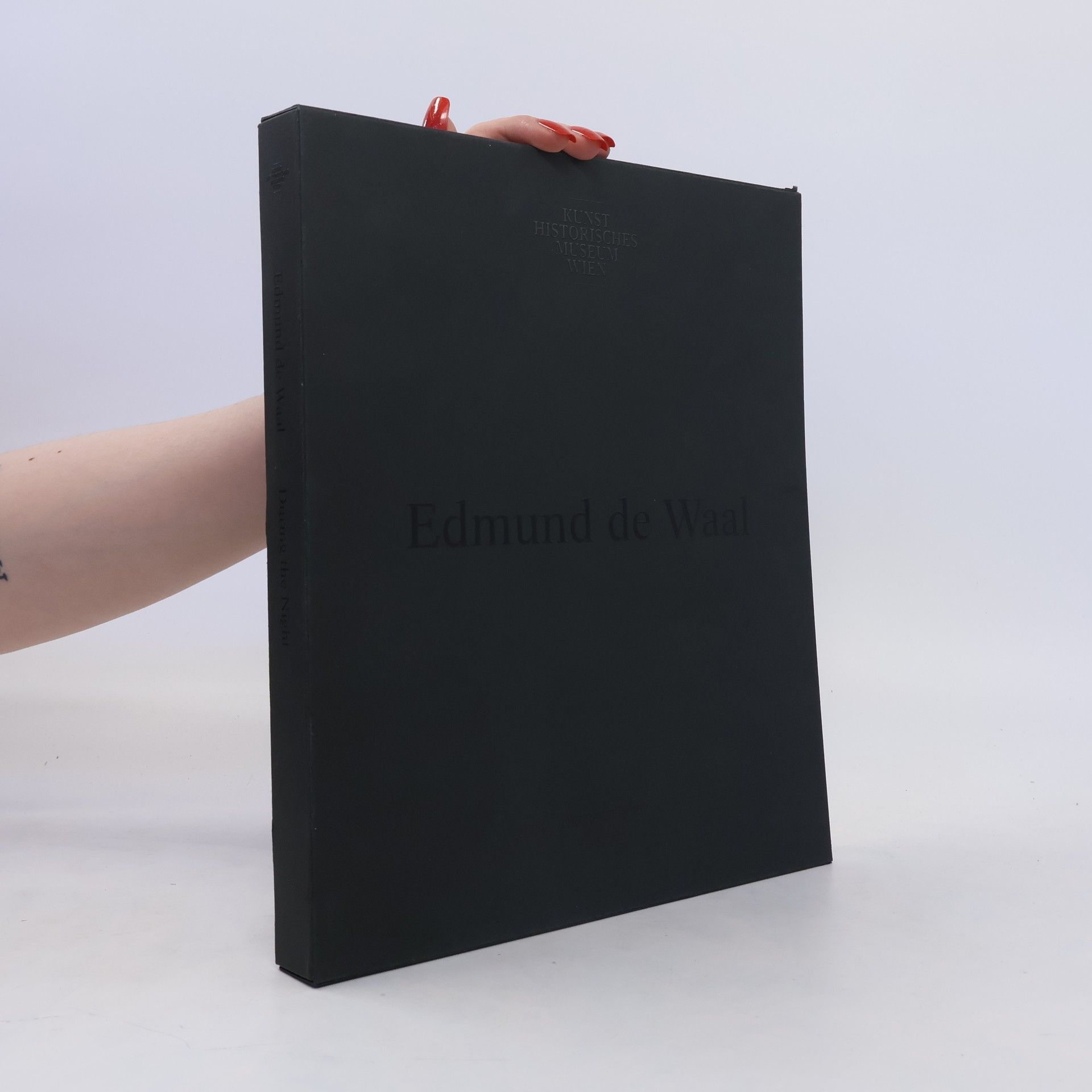Count Moïse de Camondo lived a few doors away from Edmund de Waal's forebears, the Ephrussi, first encountered in his bestselling memoir The Hare with Amber Eyes. Like the Ephrussi, the Camondos were part of belle époque high society. They were also targets of anti-semitism. Camondo created a spectacular house and filled it with the greatest private collection of French eighteenth-century art for his son to inherit. But when Nissim was killed in the First World War, it became a memorial and, on the Count's death, was bequeathed to France. The Musée Nissim de Camondo has remained unchanged since 1936. Edmund de Waal explores the lavish rooms and detailed archives and uncovers new layers to the family story. In a haunting series of letters addressed to the Count, he tells us what happened next.
Edmund De Waal Livres
Edmund de Waal se décrit comme un 'potier qui écrit', dont les œuvres en porcelaine ornent de nombreuses collections de musées à travers le monde. Sa production littéraire explore les liens complexes entre les objets, la mémoire et l'identité, s'inspirant souvent de sa profonde compréhension de la culture matérielle et de l'histoire. À travers un style unique qui allie une observation méticuleuse à une prose lyrique, il révèle des récits profonds enfouis dans des objets apparemment ordinaires. Son écriture célèbre à la fois la fragilité et la résilience, recherchant l'élément humain dans le monde matériel.







The hare with amber eyes. A hidden inheritance
- 368pages
- 13 heures de lecture
THE NUMBER ONE SUNDAY TIMES BESTSELLER WINNER OF THE 2010 COSTA BIOGRAPHY AWARD 264 wood and ivory carvings, none of them bigger than a matchbox: Edmund de Waal was entranced when he first encountered the collection in his great uncle Iggie's Tokyo apartment. When he later inherited the 'netsuke', they unlocked a story far larger and more dramatic than he could ever have imagined. From a burgeoning empire in Odessa to fin de siecle Paris, from occupied Vienna to Tokyo, Edmund de Waal traces the netsuke's journey through generations of his remarkable family against the backdrop of a tumultuous century. 'You have in your hands a masterpiece' Frances Wilson, Sunday Times 'The most brilliant book I've read for years... A rich tale of the pleasure and pains of what it is to be human' Bettany Hughes, Daily Telegraph, Books of the Year 'A complex and beautiful book' Diana Athill
** A Sunday Times Top Ten Bestseller ** "Other things in the world are white but for me porcelain comes first" A handful of clay from a Chinese hillside carries a promise: that mixed with the right materials, it might survive the fire of the kiln, and fuse into porcelain âe" translucent, luminous, white. Acclaimed writer and potter Edmund de Waal sets out on a quest - a journey that begins in the dusty city of Jingdezhen in China and travels on to Venice, Versailles, Dublin, Dresden, the Appalachian Mountains of South Carolina and the hills of Cornwall to tell the history of porcelain. Along the way, he meets the witnesses to its creation; those who were inspired, made rich or heartsick by it, and the many whose livelihoods, minds and bodies were broken by this obsession. It spans a thousand years and reaches into some of the most tragic moments of recent times. In these intimate and compelling encounters with the people and landscapes who made porcelain, Edmund de Waal enriches his understanding of this rare material, the âe~white goldâe(tm) he has worked with for decades. ** Book of the Week on BBC Radio 4 **
Presents photographs of the celebrated netsuke collection - 264 Japanese wood and ivory carvings, none of them bigger than a matchbox. From a burgeoning empire in Odessa to fin de siecle Paris, from occupied Vienna to post-war Tokyo, the author traces the netsuke's journey through generations of his family.
Die Logik des Regens
Der weltgrösste Schatz japanischer Katagami-Schablonen zum Färben von Kimonos
- 320pages
- 12 heures de lecture
Der weltgrösste Schatz japanischer Katagami-Schablonen zum Färben von Kimono-Textilien Ein faszinierendes Kapitel der Textilkunst: Im Depot des Dresdener Kunstgewerbemuseums in Schloss Pillnitz liegt seit 125 Jahren ein erst in jüngster Zeit bekannt gewordener Schatz japanischer Handwerkskunst. In 92 Kassetten lagern mehr als 15'000 Färbeschablonen für den Textildruck. Diese sogenannten Katagami wurden in einem langwierigen Verfahren aus der Maulbeerbaumrinde handgeschöpft und in feinster Schneidearbeit gestochen. Es sind traditionelle Druckvorlagen vor allem für Stoffe, aus denen Kimonos für Samurai gefertigt wurden, und sie zeigen neben geometrischen Ornamenten auch Muster und Motive, die in virtuoser Abstraktion Elemente der Natur darstellen. Im 19. Jahrhundert kamen Katagami-Drucke auch nach Europa, und diese hochentwickelte Kunst beeinflusste schon sehr bald stark die westliche Ornamentik in Kunst, Kunsthandwerk und im entstehenden Industriedesign. Heute spielt die Technik der Stencils für Graffiti und Street-Art, etwa bei Banksy, weiterhin eine grosse Rolle. Dieses opulente Buch präsentiert nun erstmals rund 140 der schönsten Katagami-Muster aus der Dresdener Sammlung. Ausgewählt wurden Motive, die sich der Darstellung des Regens widmen, der in dem Monsunwinden ausgesetzten und auf Reisanbau angewiesenen Land grosse spirituelle und kulturelle Bedeutung hatte. Zahlreiche grossformatige Abbildungen werden begleitet von Essays internationaler Experten, die alle Aspekte des faszinierenden Themas detailliert erläutern.
Camondo
Eine Familiengeschichte in Briefen | Ein Meisterwerk der Erinnerungskultur
- 192pages
- 7 heures de lecture
Ein Meisterwerk der Erinnerungskultur Geschichte ist nicht Vergangenheit, sie hört nie auf und entfaltet sich in unseren Händen. In seinem neuen Buch nimmt Edmund de Waal uns mit in die Pariser Rue de Monceau, in der einst sein Vorfahre Charles Ephrussi den berühmten »Hasen mit den Bernsteinaugen« hütete, wo in unmittelbarer Nachbarschaft Marcel Proust wohnte und wo der Bankier Moïse de Camondo aus Konstantinopel ein Palais errichten ließ, in dem sich heute ein seit 1936 unverändertes Museum befindet. Niemand war zufällig in dieser »Straße der Anfänge«, sagt de Waal und beginnt, imaginäre Briefe an Moïse zu richten, über die vielfältigen Beziehungen ihrer beiden Familien, über Assimilation, Großzügigkeit, privates und öffentliches Leben und immer wieder über die Bedeutung der Erinnerung und dass es keinen »Schlussstrich« geben kann und darf.

